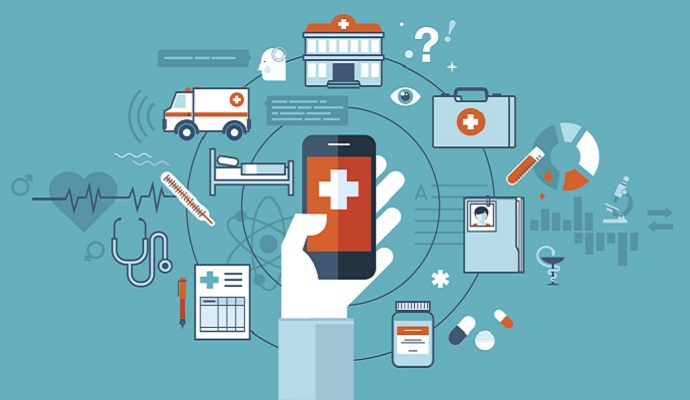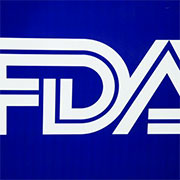FDA’s Focus on Patient Safety with Mobile Health Applications

- The healthcare industry is focused on improving patient care and health outcomes by garnering greater patient engagement and implementing new technologies to better track medical conditions, reduce medical errors, and potentially prevent more serious or life-threatening situations. Mobile health applications and mobile devices both play a role in bringing greater patient engagement across the healthcare spectrum.

The mobile health field brings greater patient engagement as more individuals continue to use mHealth tools to track their fitness, nutrition plans, and treatment protocols. Developing effective state and federal policies around mobile health applications and devices is vital to ensure that patient safety is high within the mHealth field.
While the Food and Drug Administration (FDA) mostly regulates medical devices, mobile health applications and similar devices could affect patient safety and do play a role in patient engagement. The FDA may need to exercise more control over certain mHealth apps.
The Center for Connected Health Policy states that the FDA was given the right to regulate medical apps since the passage of the Food and Drug Administration Safety and Innovation Act in 2012. If any mobile health applications are defined as medical devices, the FDA has the right to require listing and registration, an approval process, best practices for manufacturing the applications, and post market surveillance.
“In September 2013, the FDA released guidance for the industry and FDA staff on mobile medical applications, stating that it intends to apply its oversight to those medical apps that are medical devices, and whose functionality could pose a risk to the patient’s safety if the mobile app did not function as intended,” the Center for Connected Health Policy states on its website.
“In June 2014, the FDA released additional guidance on medical device data systems (MDDS), medical image storage devices and medical image communications devices. This guidance stated that the FDA did not intend to enforce compliance with the regulatory controls that apply to software of the aforementioned systems and devices because they did not pose a risk to patients and due to the importance they play to advancing digital health.”
In the FDAVoice blog, Bakul Patel, M.S., M.B.A. and Jeffrey Shuren, M.D., J.D. describe how the mobile health market is advancing. Along with mobile health applications, fitness trackers and wearable devices are impacting how consumers manage their health and wellness. From counting steps and calories burned to measuring heart rate and respiratory rate, these devices are having a strong effect on patient engagement with more people interested in living healthier lifestyles.
At this moment in time, the FDA is geared toward fostering innovation in the mHealth market by transforming their regulatory approach based on the needs of patients and consumers. The organization has put forward a guidance that puts certain mobile health applications under low risk classifications so that regulatory oversight won’t inhibit generation of mHealth products.
“Last month, the FDA also proposed to not examine regulatory compliance for low risk products that are intended only for general wellness. These products are designed to maintain or encourage a general state of health and may associate a healthy lifestyle with reducing the risk or impact of certain diseases or conditions. We hope this policy fosters the development of low-risk products intended to promote a healthy lifestyle,” the FDAVoice blog explained.
Protecting patients is an imperative goal of the FDA and federal agencies that regulate the healthcare industry. As the mobile health field continues to innovate new devices and applications, the federal regulatory associations including the FDA will likely only practice strong regulatory oversight on products that impact patient safety.
